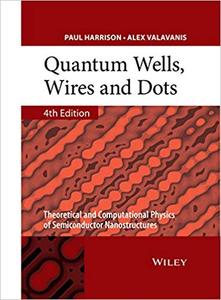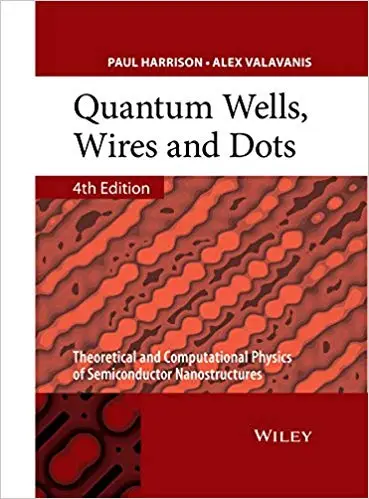Paul Harrison, Alex Valavanis, "Quantum Wells, Wires and Dots: Theoretical and Computational Physics of Semiconductor Nanostructures, 4th Edition"
ISBN: 1118923367 | 2016 | EPUB | 624 pages | 9 MB
Quantum Wells, Wires and Dots provides all the essential information, both theoretical and computational, to develop an understanding of the electronic, optical and transport properties of these semiconductor nanostructures. The book will lead the reader through comprehensive explanations and mathematical derivations to the point where they can design semiconductor nanostructures with the required electronic and optical properties for exploitation in these technologies.
This fully revised and updated 4th edition features new sections that incorporate modern techniques and extensive new material including:
Properties of non-parabolic energy bands
Matrix solutions of the Poisson and Schrödinger equations
Critical thickness of strained materials
Carrier scattering by interface roughness, alloy disorder and impurities
Density matrix transport modelling
Thermal modelling
Written by well-known authors in the field of semiconductor nanostructures and quantum optoelectronics, this user-friendly guide is presented in a lucid style with easy to follow steps, illustrative examples and questions and computational problems in each chapter to help the reader build solid foundations of understanding to a level where they can initiate their own theoretical investigations. Suitable for postgraduate students of semiconductor and condensed matter physics, the book is essential to all those researching in academic and industrial laboratories worldwide.
Instructors can contact the authors directly (p.harrison@shu.ac.uk / a.valavanis@leeds.ac.uk) for Solutions to the problems.



